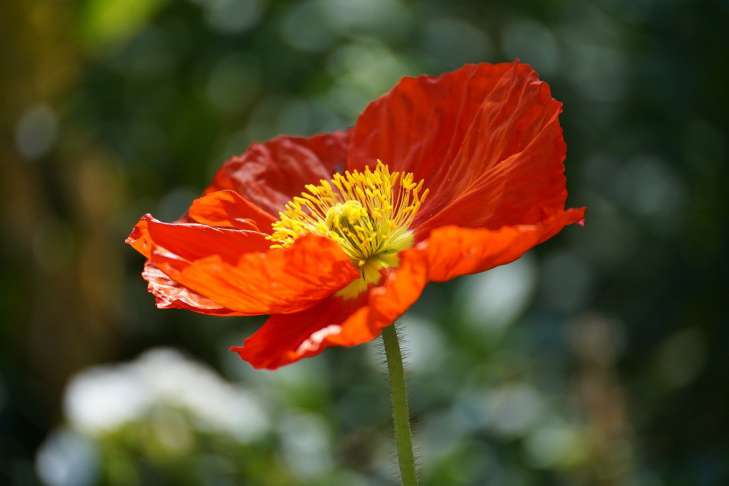Gravilate: Secrets of Growing
The perennial can be found on slightly acidic and rich soils, near rivers and in coastal thickets.
The roots of the plant are very powerful, the stems are erect, burgundy, and grow up to 80 cm.
When does gravilate bloom
It begins to bloom in the last weeks of May and until mid-June.
Winter-hardy. Gravilata flowers like to grow in sunny areas of the garden with good drainage;
Tolerates partial shade in hot climates.

Ideally, the soil should be rich and slightly acidic to a neutral pH (5.5 to 7).
How to trim gravel
When the plant is flowering, only remove yellow or dead leaves and trim off any brown leaf tips.
Avoid too much pruning at this time, as this may stress the plant.
However, any diseased or dead leaves should be removed to keep the plant looking presentable.
How does gravilat overwinter
Young gravilata plants overwinter with a green rosette, and then the overwintered foliage dies off and a rosette of large leaves is formed.
By autumn, the lyre-shaped foliage that unfolded in the spring dies off, and new foliage with a simple blade appears, overwintering under snow cover.
Previously, we told you how to grow delphinium.
